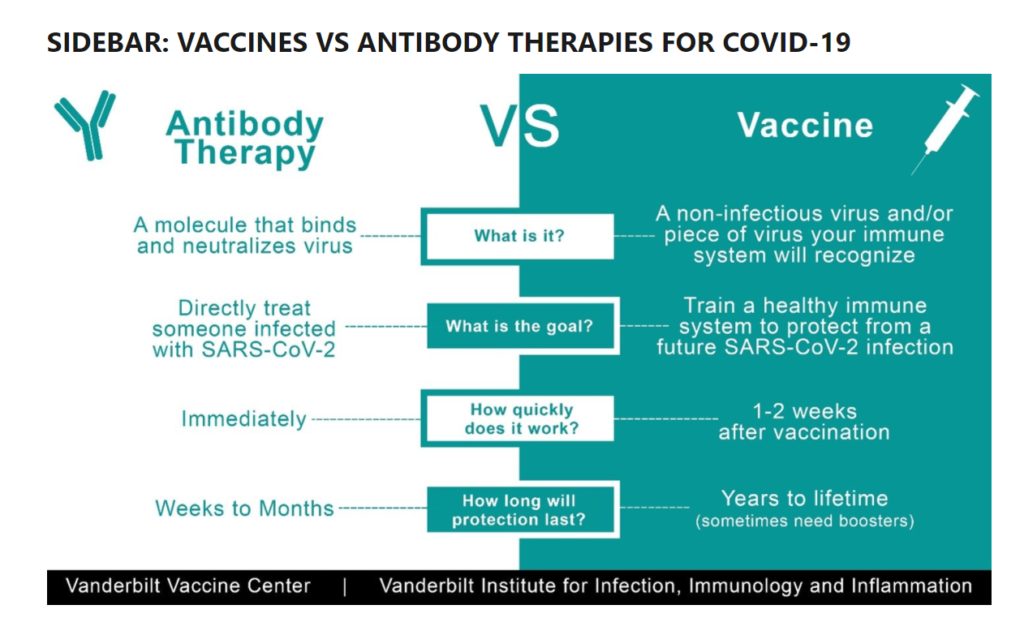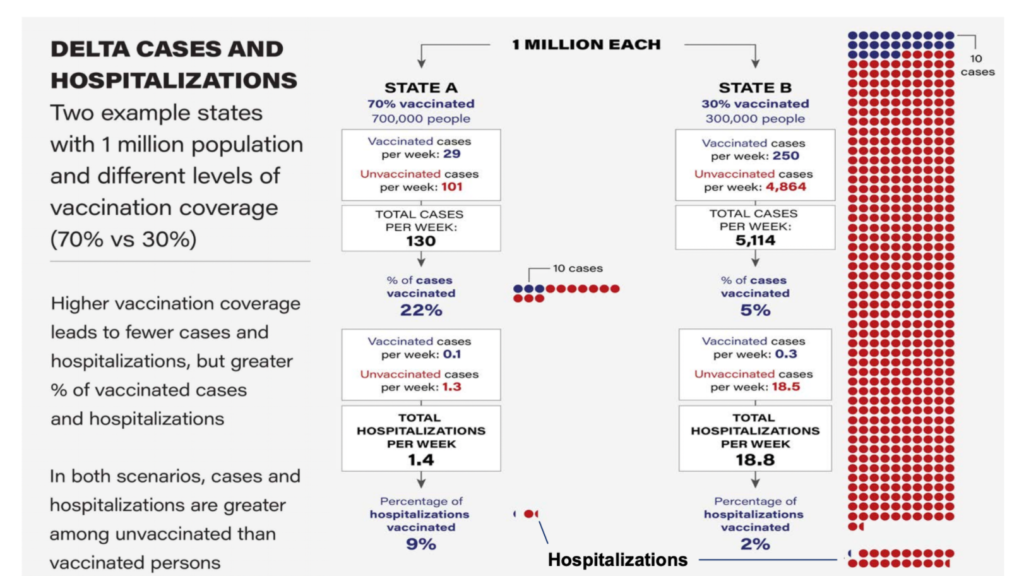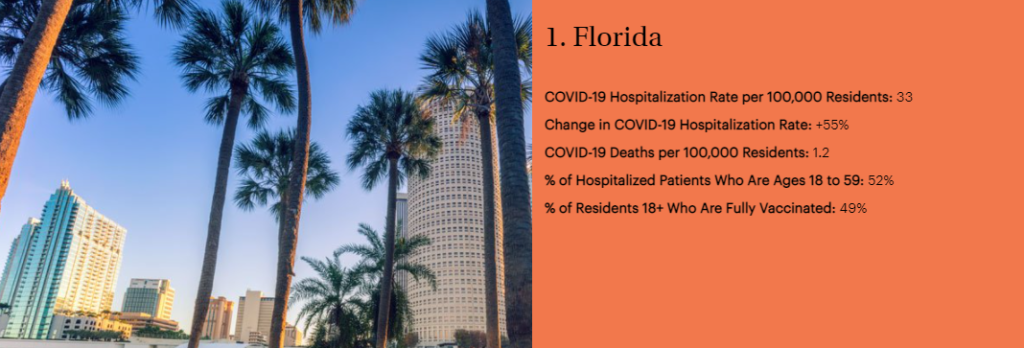Original paper: https://pubmed.ncbi.nlm.nih.gov/34373145/
Abstract:
In the United States, many blood collection organizations initiated programs to test all blood donors for antibodies to SARS-CoV-2, as a measure to increase donations and to assist in the identification of potential donors of COVID-19 convalescent plasma (CCP). As a result, it was possible to investigate the characteristics of healthy blood donors who had previously been infected with SARS-CoV-2. We report the findings from all blood donations collected by the American Red Cross, representing 40% of the national blood supply covering 44 States, in order to characterize the seroepidemiology of SARS-CoV-2 infection among blood donors in the United States, prior to authorized vaccine availability. We performed an observational cohort study from June 15th to November 30th, 2020 on a population of 1.531 million blood donors tested for antibodies to the S1 spike antigen of SARS-CoV-2 by person, place, time, ABO group and dynamics of test reactivity, with additional information from a survey of a subset of those with reactive test results. The overall seroreactivity was 4.22% increasing from 1.18 to 9.67% (June 2020 – November 2020); estimated incidence was 11.6 per hundred person-years, 1.86-times higher than that based upon reported cases in the general population over the same period. In multivariable analyses, seroreactivity was highest in the Midwest (5.21%), followed by the South (4.43%), West (3.43%) and Northeast (2.90%). Seroreactivity was highest among donors aged 18-24 (Odds Ratio 3.02 [95% Confidence Interval 2.80-3.26] vs age >55), African-Americans and Hispanics (1.50 [1.24-1.80] and 2.12 [1.89-2.36], respectively, vs Caucasian). Group O frequency was 51.5% among nonreactive, but 46.1% among seroreactive donors (P< .0001). Of surveyed donors, 45% reported no COVID-19-related symptoms, but 73% among those unaware of testing. Signal levels of antibody tests were stable over 120 days or more and there was little evidence of reinfection. Evaluation of a large population of healthy, voluntary blood donors provided evidence of widespread and increasing SARS-CoV-2 seroprevalence and demonstrated that at least 45% of those previously infected were asymptomatic. Epidemiologic findings were similar to those among clinically reported cases.
Author(s): Roger Y Dodd, Bryan R Spencer, Meng Xu 1, Gregory A Foster 1, Paula Saá 1, Jaye P Brodsky 2, Susan L Stramer 3
Publication Date: 18 August 2021
Publication Site: Transfusion News





